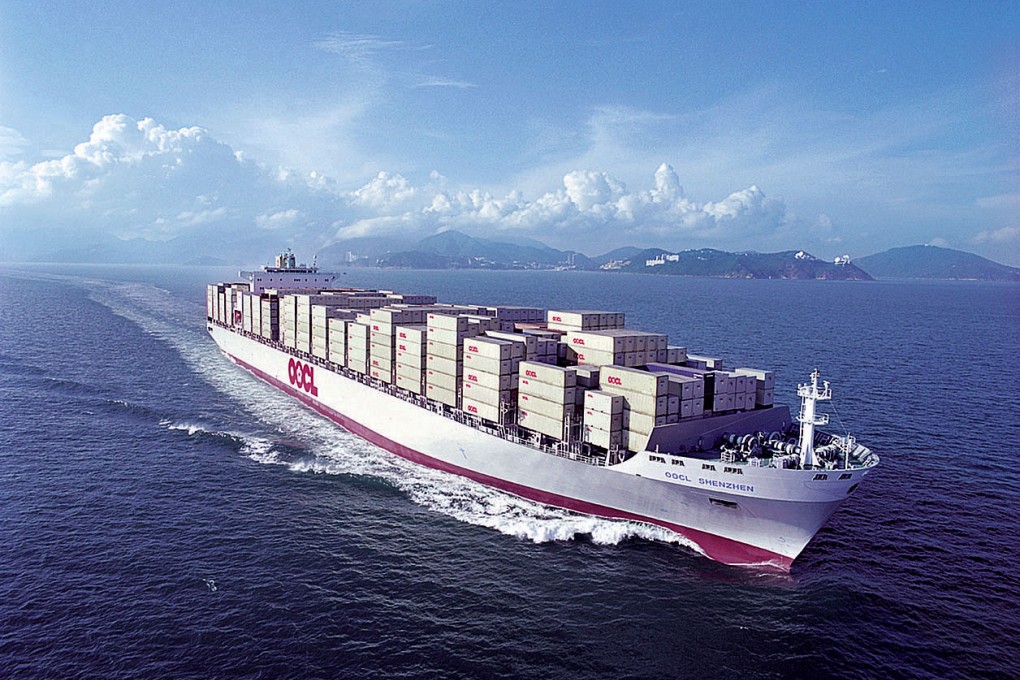OOIL earnings tipped lower on oversupply, freight rates fall

Orient Overseas International Limited (OOIL), one of the world's largest integrated container shipping companies, may dip into the red when it announces full-year results on Monday, due to oversupply in the sector and a slump in freight rates.

OOIL's fourth-quarter rates reached the lowest point of the year in most of its main markets, including transpacific, Asia-Europe and intra-Asia trade lanes, which account for more than 80 per cent of its total shipping revenue.
Its freight rates dropped 11 per cent year on year in the second half to US$705 per 20-foot equivalent unit (teu) on the intra-Asia route, which is the single largest trade lane for the company, according to company statements filed with the Hong Kong stock exchange in January.
Asia-Europe freight rates dipped 9.5 per cent while transpacific was down 6.8 per cent year on year in the second half, which accounted for half the company's shipping revenue.
"It suggested that OOIL may have purposely tried to lift utilisation through more aggressive pricing," said Johnson Leung, analyst at Jefferies Hong Kong.